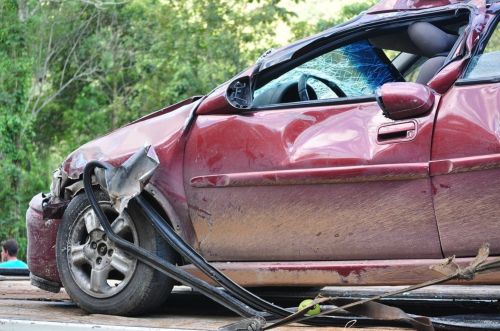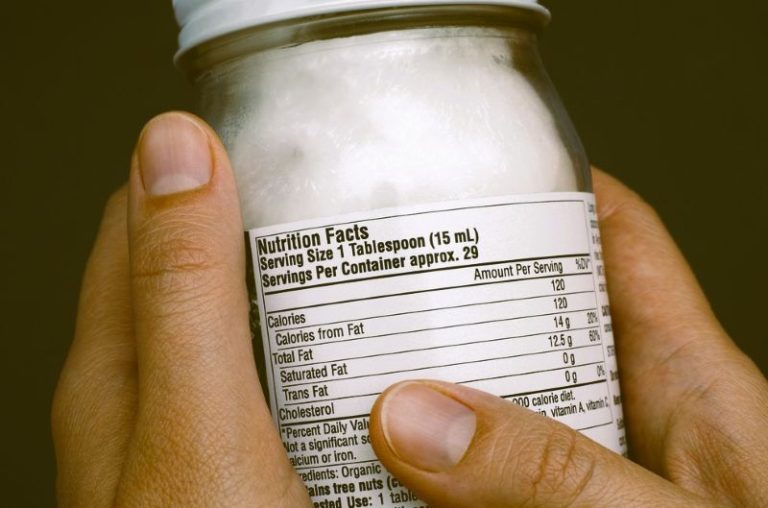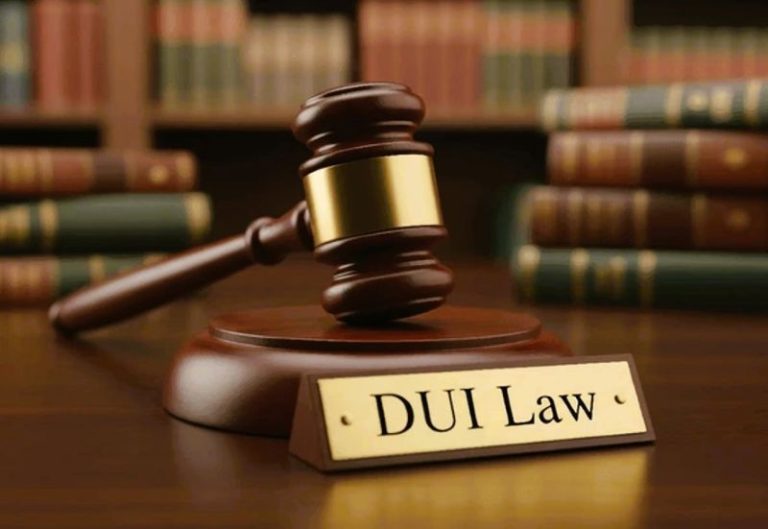

A car crash is a jarring, life-altering event that can trigger a cascade of legal actions. The first, and most immediate, is a personal injury claim against the at-fault driver. This legal pathway is built on the principle of negligence, where a plaintiff must prove the defendant breached a duty of care, causing the plaintiff’s injuries and resulting in damages. The objective is to secure compensation for all losses stemming directly from the accident, including mounting medical bills, lost wages, and the intangible but very real toll of pain and suffering. Building a robust case requires a meticulous investigation that goes beyond just a police report. It involves gathering evidence like accident reconstruction data, witness statements, and detailed medical records. For victims in the Florida panhandle, working with an experienced professional is crucial. An Injury Lawyer Pensacola, for example, is instrumental in navigating this process, from negotiating with insurance companies to filing a lawsuit, ensuring all elements of the initial claim are meticulously documented and presented.
When the Injury Worsens: The Path to Medical Malpractice
The legal process for a car crash victim doesn’t always end with the resolution of their personal injury claim. In some cases, the injuries sustained in the accident are aggravated or new complications arise due to substandard medical care. This is the point at which a separate and distinct claim, one for medical malpractice, may become a necessary legal pathway. Unlike a car crash claim, which targets the at-fault driver, a malpractice claim focuses on a medical provider who failed to meet the professional standard of care. In such cases, consulting a Spine Injury Lawyer can ensure you have expert guidance.
This failure can manifest in several ways, such as:
- Surgical Errors: Mistakes made during an operation to repair the initial injury.
- Misdiagnosis: Failing to properly diagnose a condition caused by the accident, allowing it to worsen.
- Medication Mistakes: Prescribing the wrong drug or an incorrect dosage.
- Negligent Post-Operative Care: Failing to prevent infections or other complications during recovery.
This type of litigation is highly specialized and requires a deep understanding of both medical and legal principles. Due to the complexity of these cases, individuals often turn to professionals with specific expertise. Pensacola Medical Malpractice Lawyers, for instance, are equipped to investigate whether a medical error occurred and to build a case that proves the negligence of the medical provider caused additional harm.
The Interplay of Two Legal Actions
The most intricate aspect of these cases is the delicate interplay between a car accident claim and a subsequent medical malpractice suit. Though stemming from a single, initial event, they are legally distinct and require separate strategies. The primary challenge lies in the complex task of apportioning fault and damages. The legal team must meticulously dissect the injuries to determine which were caused directly by the car crash and which were newly inflicted or worsened by the medical negligence. For instance, a broken arm from a crash is one thing, but a botched surgical procedure to repair it, leading to permanent nerve damage, is another. The at-fault driver is responsible for the harm caused by the collision, while the medical provider is liable for the harm caused by their negligence. A coordinated legal approach is essential to avoid one claim undermining the other. Lawyers must work to ensure that settling with the at-fault driver does not inadvertently waive a victim’s right to pursue a claim against a negligent medical provider. This requires careful planning and a clear understanding of the full scope of a victim’s injuries.
The Role of Expert Witnesses and Evidence
Successfully navigating the dual legal pathways of a car crash and medical malpractice claim hinges on the strategic use of expert witnesses and compelling evidence. In the initial car accident case, experts often include accident reconstructionists who can analyze the crash scene and definitively establish how negligence occurred. For the medical malpractice claim, the role of experts is even more critical. Here, an attorney relies on medical professionals from the same field as the defendant to establish the standard of care and prove that it was breached. For example, a neurosurgeon might testify that a doctor’s failure to identify a spinal injury was a clear violation of standard medical practice, leading to further injury. This expert testimony is the linchpin of a malpractice case. Professionals like Florida auto collision advocates routinely collaborate with a network of medical, engineering, and accident experts to build a comprehensive case. This collaborative approach ensures that every aspect of the victim’s injuries—from the initial impact to the subsequent medical care—is thoroughly documented and supported by credible expert opinion.
Navigating Legal Challenges and Statutes of Limitations
The pursuit of dual claims presents a unique set of legal and procedural challenges, not least of which is adhering to different statutes of limitations. A personal injury claim for a car crash typically has a different filing deadline than a medical malpractice claim. Complicating matters is the “discovery rule,” a principle that can extend the deadline for filing a malpractice suit. This rule allows a claim to be filed within a certain time frame after the malpractice was discovered, not necessarily from when it occurred. This is particularly relevant when a victim doesn’t realize the full extent of their medical injury until months or even years after the fact. Facing large insurance companies and well-funded medical defense teams can be daunting. It is a litigation environment where the stakes are high, and the legal maneuvers are complex. This is precisely why it is paramount to seek legal counsel promptly. A delay in consultation can result in a missed deadline, irrevocably barring a victim from seeking the full compensation they deserve.
Conclusion
The process from a car crash to a medical malpractice claim is a challenging and intricate legal path, but it can be essential for a victim to secure full justice. What begins as a single personal injury case can evolve into a dual legal action, requiring a nuanced approach to address two distinct acts of negligence. The key to successfully navigating this complex landscape lies in thorough investigation, meticulous documentation, and, most importantly, the strategic guidance of experienced legal professionals. This is particularly true in cases requiring the specialized expertise of Pensacola medical malpractice lawyers. By meticulously separating the harm caused by the initial collision from the damage inflicted by subsequent medical errors, a victim can hold all responsible parties accountable. While the process may be lengthy and emotionally taxing, pursuing a coordinated legal strategy is often the only way to ensure that all injuries and losses, from the original impact to the subsequent medical negligence, are fully and fairly compensated.


